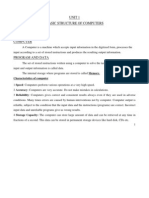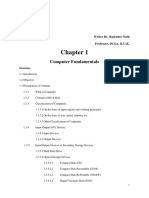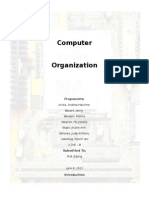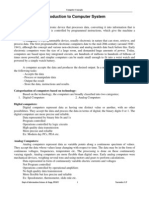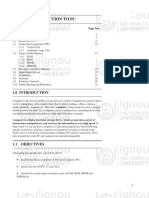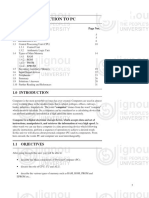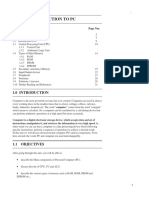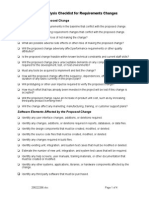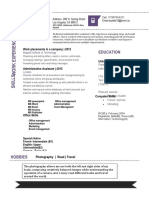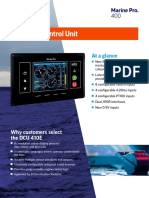0% found this document useful (0 votes)
45 views33 pagesChapter 1
The document is a comprehensive note on Computer Science for Class 11, covering topics such as computer organization, types of software, operating systems, Boolean logic, number systems, and encoding schemes. It details the components of a computer system, including the CPU, memory types, input/output units, and various software types like system and application software. Additionally, it explains the significance of character encoding and the evolution of technology over the past few decades.
Uploaded by
baralruprajCopyright
© © All Rights Reserved
We take content rights seriously. If you suspect this is your content, claim it here.
Available Formats
Download as PDF, TXT or read online on Scribd
0% found this document useful (0 votes)
45 views33 pagesChapter 1
The document is a comprehensive note on Computer Science for Class 11, covering topics such as computer organization, types of software, operating systems, Boolean logic, number systems, and encoding schemes. It details the components of a computer system, including the CPU, memory types, input/output units, and various software types like system and application software. Additionally, it explains the significance of character encoding and the evolution of technology over the past few decades.
Uploaded by
baralruprajCopyright
© © All Rights Reserved
We take content rights seriously. If you suspect this is your content, claim it here.
Available Formats
Download as PDF, TXT or read online on Scribd
/ 33

